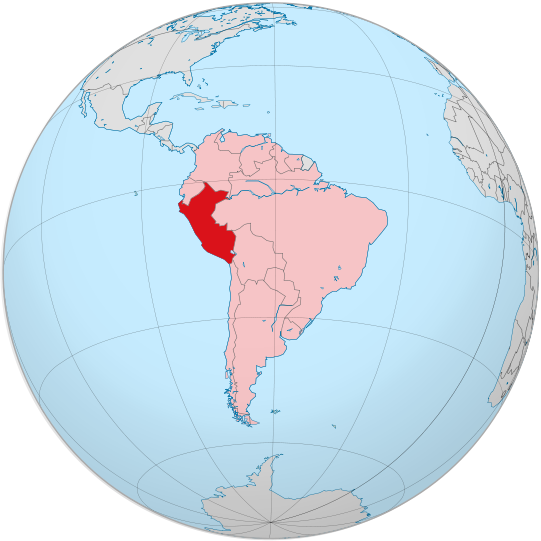Health officials are reporting at least 26 cases of Carrión’s disease, or Bartonella bacilliformis infection in residents of Sánchez Carrión province in Northern Peru, according to a local media report (computer translated).

The cases include children, young adults and elderly patients from Succha Centro and Yacopampa. In addition, a 7-month old infant from Huamachuco died from the infection after suffering from severe anemia and shock.
The Ministry of Health has commenced fumigation efforts to eradicate the sandfly vector.
B. bacilliformis causes bartonellosis, also called Oroya fever, Guáitira fever, verruga peruana, and Carrión’s disease. It is transmitted to human through the bite of a female sandfly, Lutzomyia verrucarum.
Related: Zika in Puerto Rico: More than 1300 cases in one week
It is found throughout the medically underserved communities of the Andes Mountains of South America, particularly Peru, Colombia and Ecuador.
Bartonella is the only bacterial pathogen known to invade the human red blood cell. Carrion’s disease can cause severe anemia. When acute hematic bartonellosis occurs in epidemic form or when rapid antibiotic treatment is not available, case-fatality rates can be as high as 40%–90%.
Milder episodes characterized by skin lesions that have the appearance of warts (verruga peruana).
It can be treated with antibiotics.
Related:
- Peru: Uta cases top 200 in Áncash region, home remedies used including acid
- Peru: Dozens of Oropouche fever cases reported in Cusco Region
- Peru yellow fever update: 32 cases, four deaths through the first week of May


2 thoughts on “Peru: Dozens infected with Bartonella bacilliformis, one infant death”